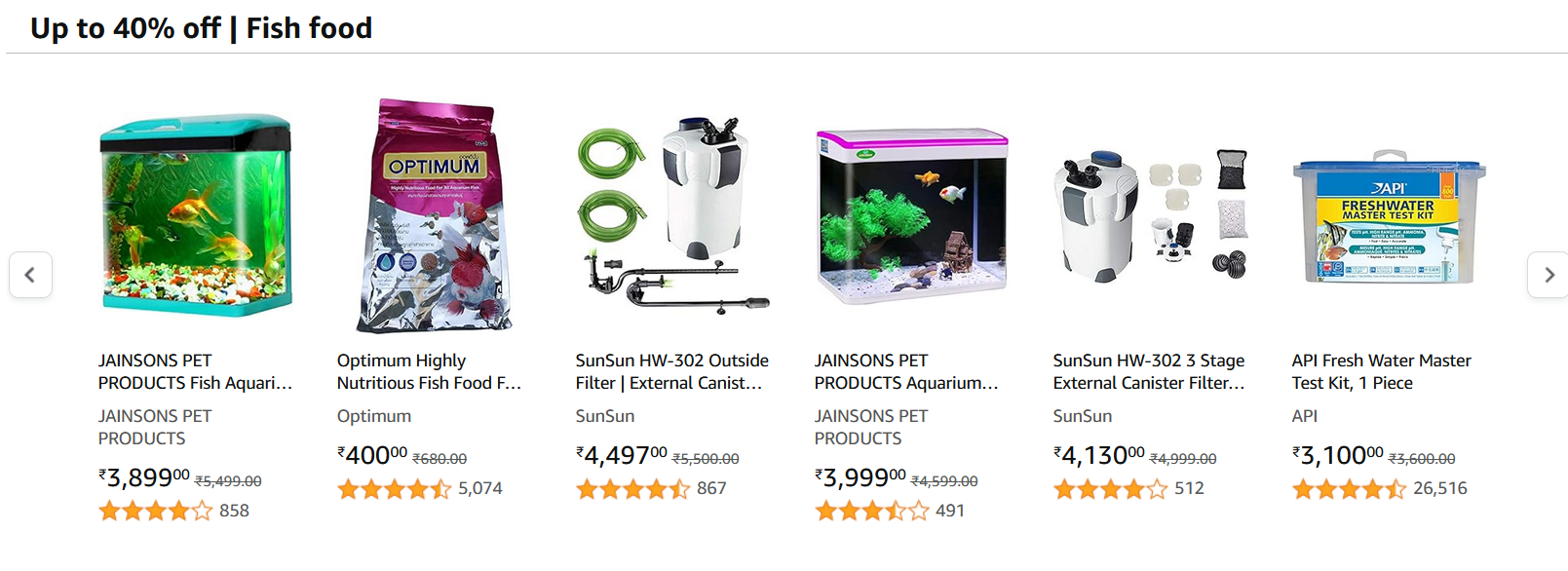Explore the benefits and risks of monosex tilapia farming. Learn about increased yields, uniform growth, sustainability challenges, and best practices for success.
Monosex Tilapia: Maximizing Yields, Minimizing Risks
Monosex tilapia farming has revolutionized aquaculture, offering significant advantages over traditional mixed-sex cultivation. This method specifically raises either male or female fish, predominantly males due to their faster growth rates and larger size. The appeal lies in its potential to boost productivity and profitability for fish farmers globally. However, like any intensive farming practice, it comes with its own set of unique challenges and considerations. Understanding the delicate balance between the lucrative benefits and the inherent risks is crucial for anyone venturing into or currently engaged in monosex tilapia production. This article delves into both aspects, providing a comprehensive overview to help farmers make informed decisions and implement sustainable practices.
The Undeniable Advantages of Monosex Tilapia
One of the primary benefits of monosex tilapia farming is the remarkable improvement in growth rates and uniformity. Male tilapia grow significantly faster and larger than females, and by eliminating females, farmers prevent uncontrolled reproduction within the ponds. This prevents overcrowding, which often stunts growth in mixed-sex populations, leading to a more consistent size at harvest. This uniformity is highly desirable for market appeal and processing efficiency, fetching better prices. Additionally, the predictable growth cycle allows for more efficient feed conversion ratios, reducing operational costs. The ability to achieve higher yields in a shorter period makes monosex farming an economically attractive venture, maximizing return on investment for aquaculturists seeking efficiency and profitability.
Navigating the Risks and Challenges
Despite its advantages, monosex tilapia farming presents several critical risks that require careful management. A significant concern is the potential environmental impact, particularly if genetically modified or hormone-treated fry escape into natural waterways, potentially altering wild tilapia populations. There's also an increased susceptibility to disease outbreaks in intensive monoculture systems, which can lead to substantial economic losses if not meticulously managed through robust biosecurity measures. Furthermore, farmers are often dependent on specialized hatcheries for a consistent supply of monosex fry, which can create supply chain vulnerabilities and impact production costs. Ethical considerations surrounding hormone reversal techniques also remain a topic of debate in some regions, adding complexity to market acceptance and regulatory oversight.
Implementing Sustainable Practices
To mitigate the inherent risks and ensure long-term viability, adopting sustainable practices in monosex tilapia farming is paramount. This includes sourcing fry from reputable, certified hatcheries that adhere to strict quality control and ethical standards, minimizing the risk of escapes and promoting genetic integrity. Implementing rigorous biosecurity protocols, such as proper pond preparation, water quality management, and disease monitoring, is essential to prevent and control outbreaks. Diversifying market channels and understanding consumer preferences for sustainably farmed products can also enhance profitability. Moreover, continuous farmer education on best management practices, coupled with adherence to local and international aquaculture regulations, fosters an environmentally responsible and economically resilient farming operation, ensuring the industry's future growth.
Interested in learning more about this topic?
Find Related Products on AmazonConclusion
Monosex tilapia farming undoubtedly offers a compelling pathway to increased productivity and profitability in aquaculture, driven by faster growth, uniform size, and higher market value. However, these substantial benefits are intrinsically linked to a series of risks, including environmental concerns, disease vulnerability, and reliance on specialized fry suppliers. The key to unlocking the full potential of this farming method lies in a proactive and responsible approach. By understanding both the advantages and the potential pitfalls, and by diligently implementing sustainable practices, farmers can navigate these complexities successfully. Embracing ethical sourcing, robust biosecurity, and continuous learning will not only maximize yields but also contribute to a healthier, more sustainable future for the global aquaculture industry, ensuring long-term success.
Frequently Asked Questions
Why are male tilapia preferred in monosex farming?
Male tilapia are preferred because they grow significantly faster and reach larger sizes than female tilapia. Additionally, using only males prevents reproduction in the ponds, which avoids overcrowding and ensures a more uniform size among the harvested fish, leading to better market value.
What are the environmental concerns associated with monosex tilapia farming?
Environmental concerns primarily revolve around the potential escape of farmed fish into natural ecosystems. If these fish are genetically modified or hormone-treated, their escape could impact wild populations' genetic diversity or reproductive cycles. Proper containment and responsible farming practices are crucial to mitigate this risk.
How can farmers ensure the sustainability of their monosex tilapia operations?
Farmers can ensure sustainability by sourcing fry from certified, ethical hatcheries, implementing strict biosecurity measures to prevent disease, maintaining excellent water quality, and adhering to all local and international aquaculture regulations. Continuous education on best management practices also plays a vital role.
Keywords
Tilapia, Aquaculture, Fish, Farming, Monosex




.png)
